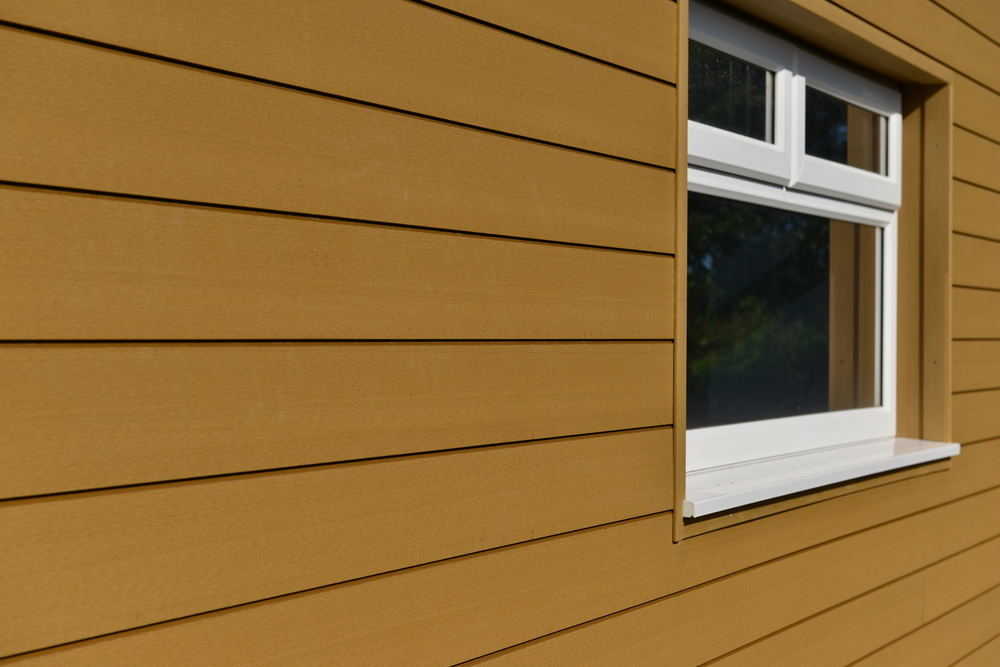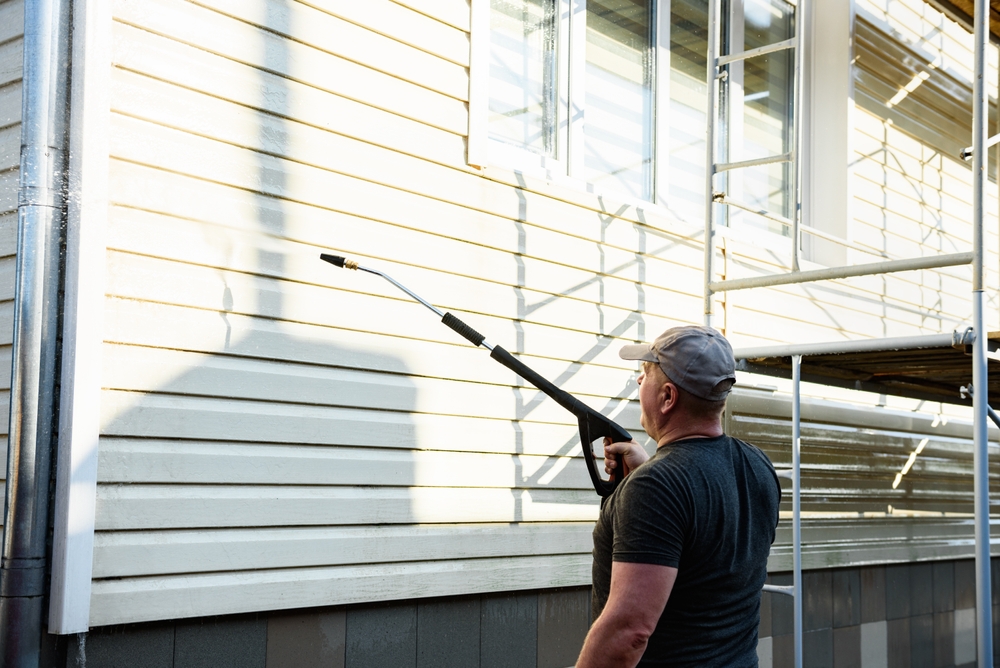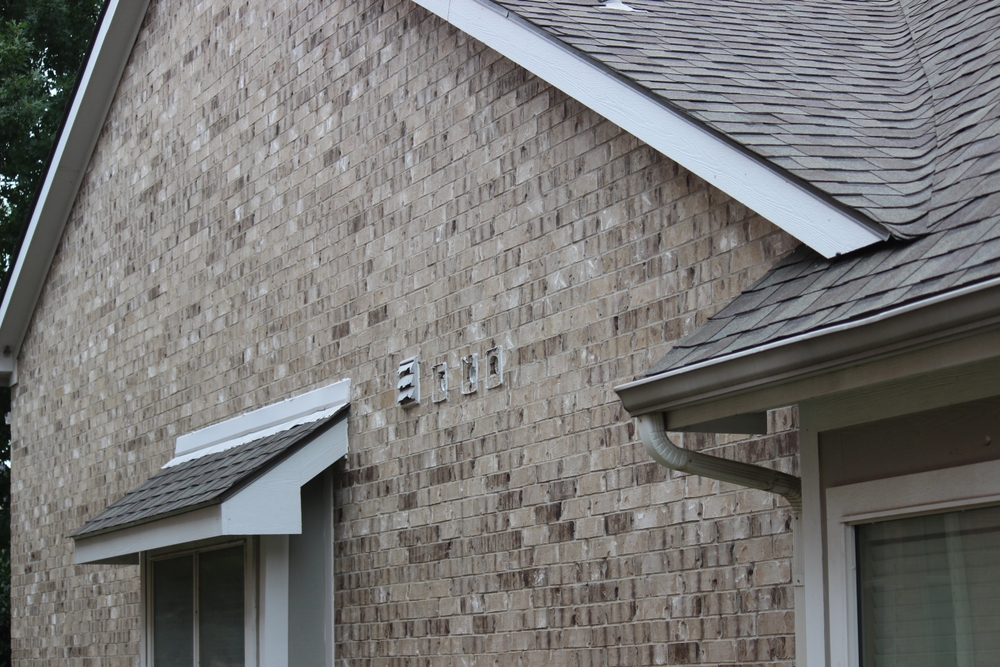Introduction to Sliding Windows
Sliding windows are an increasingly popular choice among homeowners and designers due to their modern aesthetics and practical functionality. Unlike traditional windows that open outward or inward, sliding windows operate horizontally along a track, allowing for easy operation and excellent ventilation. In this article, we will delve into the various aspects of sliding windows, from their mechanism to installation, maintenance, and customization options.
Understanding Sliding Windows Mechanism
What are Sliding Windows?
Sliding windows consist of two or more sashes that slide horizontally past each other within a frame. Typically, one sash remains stationary while the other(s) glide smoothly along tracks. This design maximizes space utilization and provides unobstructed views.
How Sliding Windows Work
The operation of sliding windows is simple yet efficient. The movable sashes are equipped with rollers or gliders that facilitate smooth sliding motion. These windows often feature a locking mechanism to secure them in place when closed, offering enhanced safety and security.
Advantages of Sliding Windows
Energy Efficiency
One of the key advantages of sliding windows is their excellent energy efficiency. When properly sealed, sliding windows prevent air leakage and minimize heat transfer, helping to maintain a comfortable indoor environment and reduce energy costs.
Versatility in Design
Sliding windows come in various configurations and sizes, making them suitable for different architectural styles and preferences. Whether you prefer a contemporary or traditional look, sliding windows can be customized to complement your home’s aesthetic appeal.
Enhanced Security Features
Many sliding windows are equipped with advanced locking systems and tempered glass, providing added security against intruders. Additionally, the absence of protruding parts makes sliding windows less susceptible to forced entry attempts.

Types of Sliding Windows
Sliding windows are available in several configurations, including:
- Single-Hung Sliding Windows: These windows feature one fixed sash and one movable sash.
- Double-Hung Sliding Windows: Double-hung sliding windows have two movable sashes that can be opened from either side.
- Horizontal Sliding Windows: Also known as slider windows, these feature two or more horizontal sashes that slide past each other.
Learn more about all type of windows we provide: Windows Heritage Exteriors
Factors to Consider Before Installing Sliding Windows
Before installing sliding windows, consider the following factors:
Size and Dimensions: Measure the opening accurately to ensure a proper fit.
Material Selection: Choose between materials like vinyl, aluminum, or wood based on your preferences and budget.
Energy Efficiency Ratings: Look for ENERGY STAR® certified windows to maximize energy savings.
Maintenance Requirements: Consider the long-term maintenance needs of different window materials.
Installation Process of Sliding Windows
Preparation Steps: Prepare the window opening, remove the old window, and clean the area thoroughly.
Installation Procedure: Install the window frame, insert the sashes, and secure them in place according to manufacturer instructions.
Post-Installation Checks: Test the operation of the window, inspect for any gaps or leaks, and make necessary adjustments.
Maintenance Tips for Sliding Windows
Regular Cleaning: Clean the window frames, tracks, and glass regularly to prevent dirt buildup and maintain smooth operation.
Lubrication of Tracks: Apply silicone-based lubricant to the tracks to ensure effortless sliding motion.
Inspection for Damage: Periodically inspect the window for signs of wear, damage, or sealant deterioration.
Common Issues with Sliding Windows
Difficulty in Operation: Sticky or jammed windows may indicate issues with the tracks or rollers.
Leakage Problems: Improper sealing or damaged weatherstripping can lead to air and water leaks.
Hardware Malfunctions: Broken locks, handles, or rollers may affect the functionality of sliding windows.
Enhancing Energy Efficiency with Sliding Windows
Proper Insulation: Add insulation around the window frame to reduce heat loss and improve thermal performance.
Glazing Options: Choose low-emissivity (low-E) glass for enhanced insulation and UV protection.
Utilizing Window Treatments: Install blinds, shades, or curtains to further enhance insulation and privacy.
Customization Options for Sliding Windows
Frame Finishes: Select from a wide range of colors and finishes to match your home’s décor.
Grille Patterns: Customize the appearance of your windows with various grille styles and configurations.
Hardware Selection: Choose from different hardware options, including handles, locks, and hinges, to suit your preferences.
Cost Considerations for Sliding Windows
Initial Investment: The cost of sliding windows varies depending on factors such as size, material, and customization options.
Long-Term Savings: Energy-efficient windows can lead to significant savings on heating and cooling costs over time.
Comparative Analysis with Other Window Types: Consider the long-term benefits of sliding windows compared to other window types, such as casement or awning windows, in terms of energy efficiency and maintenance costs.
Impact on Property Value
Installing sliding windows can enhance the curb appeal and value of your property. Modern, well-maintained windows contribute to a positive first impression and can attract potential buyers if you decide to sell your home in the future.
Future Trends in Sliding Window Technology
As technology continues to evolve, we can expect to see advancements in sliding window design and functionality. Innovations such as smart window systems with integrated sensors and automation capabilities may become more prevalent, offering homeowners greater convenience and control over their indoor environment.
Conclusion
Sliding windows offer a perfect blend of style, functionality, and energy efficiency, making them a popular choice for modern homes. From their versatile design options to their ease of operation and maintenance, sliding windows provide numerous benefits for homeowners. By understanding the mechanism, installation process, and maintenance requirements of sliding windows, you can unlock their full potential and enjoy a more comfortable and inviting living space.
FAQs (Frequently Asked Questions)
- Are sliding windows suitable for all types of homes? Sliding windows are versatile and can be installed in various architectural styles, including contemporary, traditional, and minimalist designs.
- Do sliding windows require special maintenance? While sliding windows are relatively low-maintenance, it’s essential to clean the tracks regularly and inspect for any signs of wear or damage to ensure smooth operation.
- Can sliding windows help reduce energy costs? Yes, energy-efficient sliding windows can help minimize heat loss and reduce the need for heating and cooling, leading to potential savings on energy bills.
- What factors should I consider when choosing sliding windows? Size, material, energy efficiency ratings, and customization options are essential factors to consider when selecting sliding windows for your home.
- Are sliding windows secure? Sliding windows equipped with advanced locking mechanisms and tempered glass offer enhanced security against intruders, providing peace of mind for homeowners.




